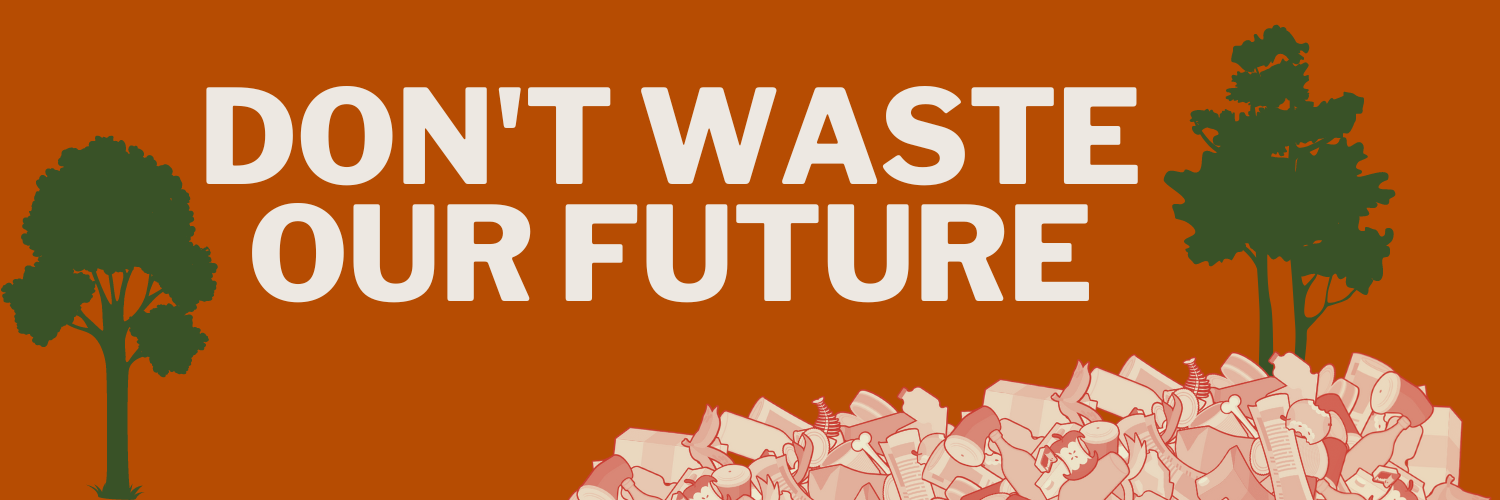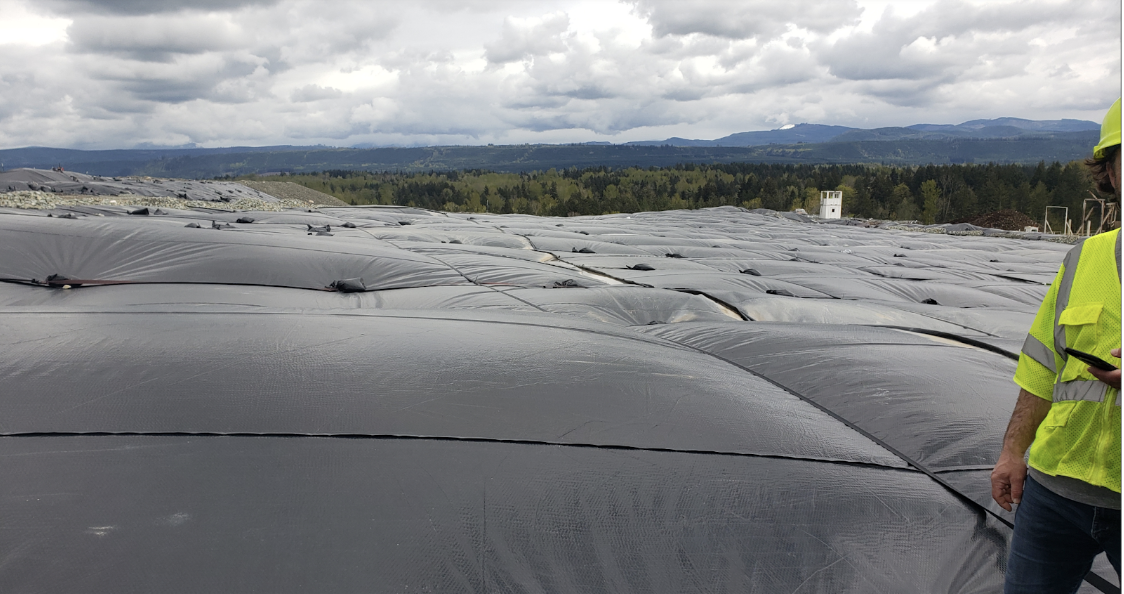epa finds “explosive levels” of methane at landfill in washington state
Methane emissions from landfills can seem abstract. So let’s get practical and learn about what methane leaks look like through an EPA Clean Air Act inspection in May 2022 of the LRI 304th Street Landfill in Graham, Washington just outside of Tacoma. The inspection found multiple sky high exceedances of the methane emission limit and inadequate gas collection systems in place. The findings raise the question: what other landfills have these kinds of issues? It is sobering to realize the answer: we really don’t know, because the 3,000+ open and closed landfills across the country seldom get an independent check of their practices. It’s entirely on landfill owners to find and control methane leaks, and those leaks are easily missed: through human error, because the leaks are in unmonitored parts of the landfill, because collection pipes fill up with leachate after a large rainstorm, or simply because the leak happened on one of the 300+ days of the year that the operator is not required to check for leaks.
The uncontrolled and undiscovered methane leaks at this landfill show that in order to be successful at controlling methane plumes from landfills, we have to get better at finding methane leaks, at-scale and quickly. To do that, we need the multiplying force of technology—satellites, drones and other remote measurement tech—to comprehensively scan the area and spot the super emitters, with people on the ground following up to confirm and fix the exceedance.
First, a bit of background: certain municipal solid waste landfills are required to follow EPA/state emissions regulations which include conducting surface emissions monitoring in certain parts of the landfill four times a year, and installing a gas collection system in certain parts of the landfill sufficient enough to capture gas (40 C.F.R. Part 60, Subpart WWW; 40 C.F.R. Part 62, Subpart OOO; 40 C.F.R. Part 63, Subpart AAAA; 40 C.F.R. Part 98, Subpart HH). A very small fraction of landfills in this country are inspected. The U.S. EPA does not have nearly enough resources to conduct inspections of all landfills. And state regulators, though responsible for air permits and landfill emissions regulations, do not have staff capacity or expertise to inspect landfills. Through a public records request, we received several 2022 U.S. EPA inspection reports on landfills in the state of Washington - including the Clean Air Act Inspection Report from May 2022, for the LRI 304th Street Landfill, owned by Waste Connections and operated by Land Recovery Inc, in Graham, Washington.
Picture of LRI 304th Street landfill from Pierce County website
EPA observed odors of landfill gas upon arrival and repeatedly during the survey.
EPA identified and flagged no fewer than 38 parts of the landfill in exceedance of the limit of 500 parts per million (ppm) methane. Exceedances were identified at penetrations, tarp holes/edges, in ditches, in exposed waste and other locations. Multiple flagged exceedances included multiple points of exceedance in the vicinity, and some represented broad areas of exceedance.
An area of the northwest corner of the Landfill in Cell 1 was identified as an area of concern, as there appeared to be no gas collection in the area and widespread exceedances. Additionally, the tarped area around the meeting of Cells 2B, 3A, 5, and 6 appeared to be visibly inflated with landfill gas, with the tarp being pushed upward away from the surface and held down in place with sandbags and webbing straps, giving the area a quilted appearance. The edges of this section were buried under gravel, and the inflated appearance was stable and constant, independent of wind. Holes in the tarp had strong odors and resulted in measured exceedances over one foot in the air. The TVA had its reading maxed out, indicating explosive concentrations of methane. As the EPA report stated, “The tarped area around the meeting of Cells 2B, 3A, 5, and 6 appeared to be visibly inflated with landfill gas, with explosive levels of gas being measured coming out of it, indicating both an environmental concern and a safety hazard.”
“The northeast corner (Cell 1) is an area lacking gas collection devices, with repeated points of exceedance.”
“It was not clear how Waste Connections is ensuring sufficient density / adequate coverage in its gas collection system.”
Tarped area visibly inflated with landfill gas (Photo from EPA Inspection Report)
Gas bubbling out in puddle of stormwater mixed with leachate, top of Cell 4B (Photo from EPA Inspection Report)
So the landfill operator is required to conduct quarterly monitoring for methane exceedances - what did they find prior to the EPA inspection? A public records request to the local air agency unearthed an emailed version of the “FINAL LRI Semi-Annual NSPS-NESHAP Report October 2022” from LRI landfill, that revealed the landfill’s monitoring just before the EPA inspection:
They repeatedly reported no observed issues with cover integrity on March 16, 2022; April 20, 2022; (and again on May 24, 2022; June 29, 2022; and July 21, 2022).
They reported very few methane exceedances in their quarterly monitoring (February 2022) prior to the EPA’s inspection: “The 1st quarter 2022 SEM event was conducted by SCS Engineers at the landfill on February 22nd, 2022. Results from the event indicate there were five (5) areas which had emissions greater than 500 ppmv above background concentrations. The 10-day re-monitoring event was performed on March 2nd, 2022 and the 30-day re-monitoring event was performed on March 21st, 2022. The 10- day re-monitoring events showed all five (5) events exhibited concentrations below 500 ppmv so additional remediation was not required. The 30 day re-monitoring event continued to show all five (5) exceedances below 500 ppmv.”



